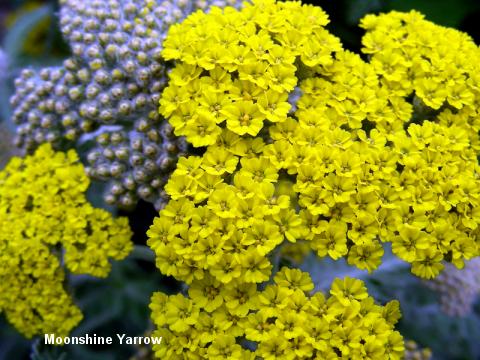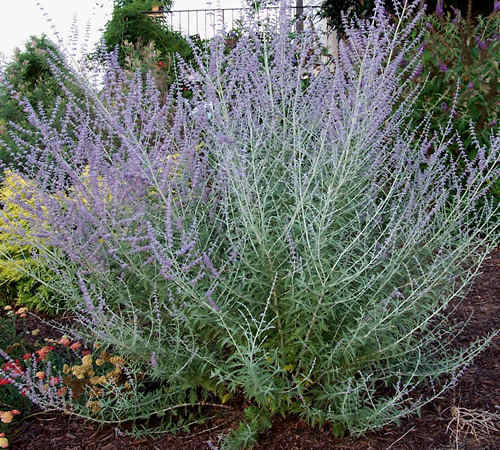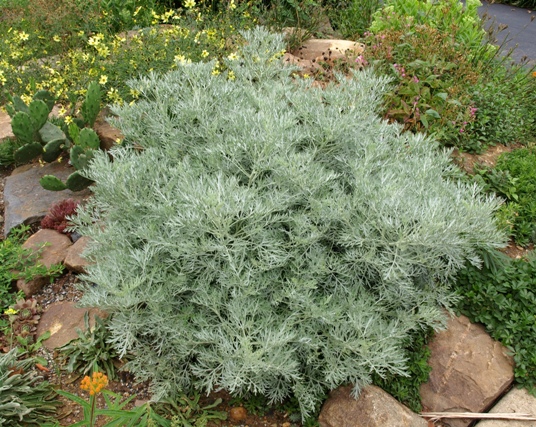On June 17, 2013, the world will celebrate the World Day to Combat Desertification & Drought. For this year’s theme, they are focused on water scarcity through this reminder, “Don’t let our future dry up.” This event is being observed since 1995 that aims to increase people’s awareness by knowing the ill effects of drought, and ways that it can be combated. It happened on June 17 of 1994 when the declaration of this event was made by the United Nations General Assembly. In fact, their primary focus then when it was organized was to help countries that have serious drought problems, especially in Africa.
They extended the call not just to concerned countries, but also to other organizations that are willing to support the campaign to strengthen communities and provide long-term solutions. Participation and cooperation are the things that individuals can do in order to sustain ourselves from the threats of drought that would bring misery, economic woes, and threats to human health. Whether you are residing in countries that have been fighting the ill results of it or not, you may find these 10 plants for drought conditions. They are not just decorations at home, but they are drought tolerant that also gives color to environment and surroundings.
10. Pine-Leaf Penstemon

Photo Source: http://www.bhg.com/gardening/flowers/perennials/perennials-with-drought-tolerance/#page=3
Its name is Penstemon Pinifolius that could grow up to 18 inches tall on well-drained soil under the full heat of the sun. It blooms during summer where you could see bright scarlet red flowers in masses that hummingbirds and butterflies love. It easily grows in any sunny or hot areas. Just like any other plants, you have to water it regularly, but do not overwater this plant. You’ll get to see its best color in early part of summer and late spring that approximately lasts for two months.
9. Yarrow

Photo Source: http://www.dotcomwomen.com/home/yarrow-plant-info/7630/
Its botanical name is Achillea, but it’s popularly known as Yarrow that blooms during summer time. Its flowers are available in colors of pink, red, white, and yellow. Its primary food and strength is coming from the full sun exposure, which explains why it grows fast at the beginning of summer time or spring season. It is a native plant from the Northern Hemisphere, specifically in California and other Western areas of America.
8. Russian Sage

Photo Source: http://6teknlsn.blogspot.com/
This plant could grow up to 6 feet tall in a well-drained soil and full sun condition. It is one of the favorite plants during fall and summer for the garden enthusiasts. It’s compared to Wispy Wands of blue and lavender flowers with a silvery touch of foliage. Its leaves are in oblong shape, and there are taller varieties of it. It is also resistant to animals like rabbits and deer and even insects.
7. Bush Sage

Photo Source: http://www.bhg.com/gardening/flowers/perennials/perennials-with-drought-tolerance/#page=8
It could grow up to 3 feet tall in 6 to 10 zones under the well-drained soil along with full sunny condition. Its other name is Salvia Raspberry Delight, and it’s known for its toughness, that’s why it is considered as one of the greatest plants you could find on this list of plants in dry conditions. It’s recognized for its raspberry-red flowers that could last at the start of the spring season until the early part of fall. It has a sweet herbal fragrance whenever one tries to brush it off. It is very attractive to hummingbirds and butterflies that normally use it as a foundation and border in the garden. It could also survive during winter if the area is protected.
6. Mojave Sage

Photo Source: http://www.finegardening.com/plantguide/salvia-pachyphylla-giant-flowered-purple-sage.aspx
It is a giant flower that blooms every summer. It is very tough that it is even compared to nails once it reaches its full growth. It is a native plant in Southern California that usually grows in mountains and dry foothills. It is a bi-colored flower of lavender and purple with aromatic silver foliage. The best way to take care of this plant is to lightly prune it after it blooms, expose it to the hot sun, while ensuring its soil is well-drained and infertile.
5. Lavender

Photo Source: http://www.free-picture.net/flowers/beautiful%20flowers/lavender-flower-wallpaper-wide-full-hd1255.jpg.html
This is one of the medicinal plants for dry conditions that are also known as Lavandula where its hardiness is about 5 to 10 zones. Its blooming time is at its peak on dry seasons. Its flower is pinkish purple color that attracts skippers, butterflies, sulphurs, and painted ladies. It is good for people who could not force themselves to sleep at night.
4. Moss Rose

Photo Source: http://natureisnurture.net/2011/06/28/moss-rose-purslane-portulaca.aspx
It is also called in other names such as Rose Moss, and Portulaca, while its botanical name is Portulaca grandiflora. It blooms during summer up to fall. It can grow up to 6 inches wide and 8 inches high. It is available in shades of rose, yellow, white, orange, purple, and red. You have to plant in a drier or well-drained soil in order to have a huge success, but never on wet ground, as it can tolerate even the harshest of conditions that normal plants cannot.
3. Blanket flower
Photo Source: http://home.howstuffworks.com/blanket-flower.htm
It originates in East Coast states, and its name was derived from an Indian blanket because of its similar resemblance to the said ethnic fabric. You’ll know that it’s blossoming when you see the colors of the flowers in orange, red, and yellow. It could grow up to 2 feet tall while maintaining its narrow leaves for about 2 inches long. You could also find its cream and bronze flower. It can be easily cultivated in woodlands, cottage gardens, meadows, and edge of lawns. Its scientific name is Gaillardia pulchella while its botanical name is Gaillardia x grandiflora. It is a very tough flower and plant that could grow even in less-favorable type of soil and even in extreme heat.
2. California Poppy
Photo Source: http://tryonfarm.org/share/node/315
It grows annually in different types of zones and it blooms during summer time. It could grow up to 15 inches high and wide. This is not just available in color yellow, but there are also orange, cream, red, cup-like blossoms, and white four-petal. Of course, its strength is found during the full sun exposure. It was originally found growing in Mexico and United States that has a scientific name of Eschscholzia Californica. This should not be compared to Opium Poppy, which is its close relative. Aside from being a drought resistant plant, it has medicinal value in treating phsychological concerns found in kids. It may also serve as analgesic, sedative, and antispadomic.
1. Artemisia

Photo Source: http://www.robsplants.com/plants/ArtemPowis
This is a very sturdy plant that is also known in names such as Wormwood, Mugwort, and Sagebrush, but its botanical name is Artemisia. It could grow up to 5 to 6 feet high depending on the cultivar. Its life cycle is perennial and it flowers are yellow, which needs a full sun exposure. There are different varieties of this plant that approximately numbers to 400, which is believed to be originated in the Mediterranean region.
